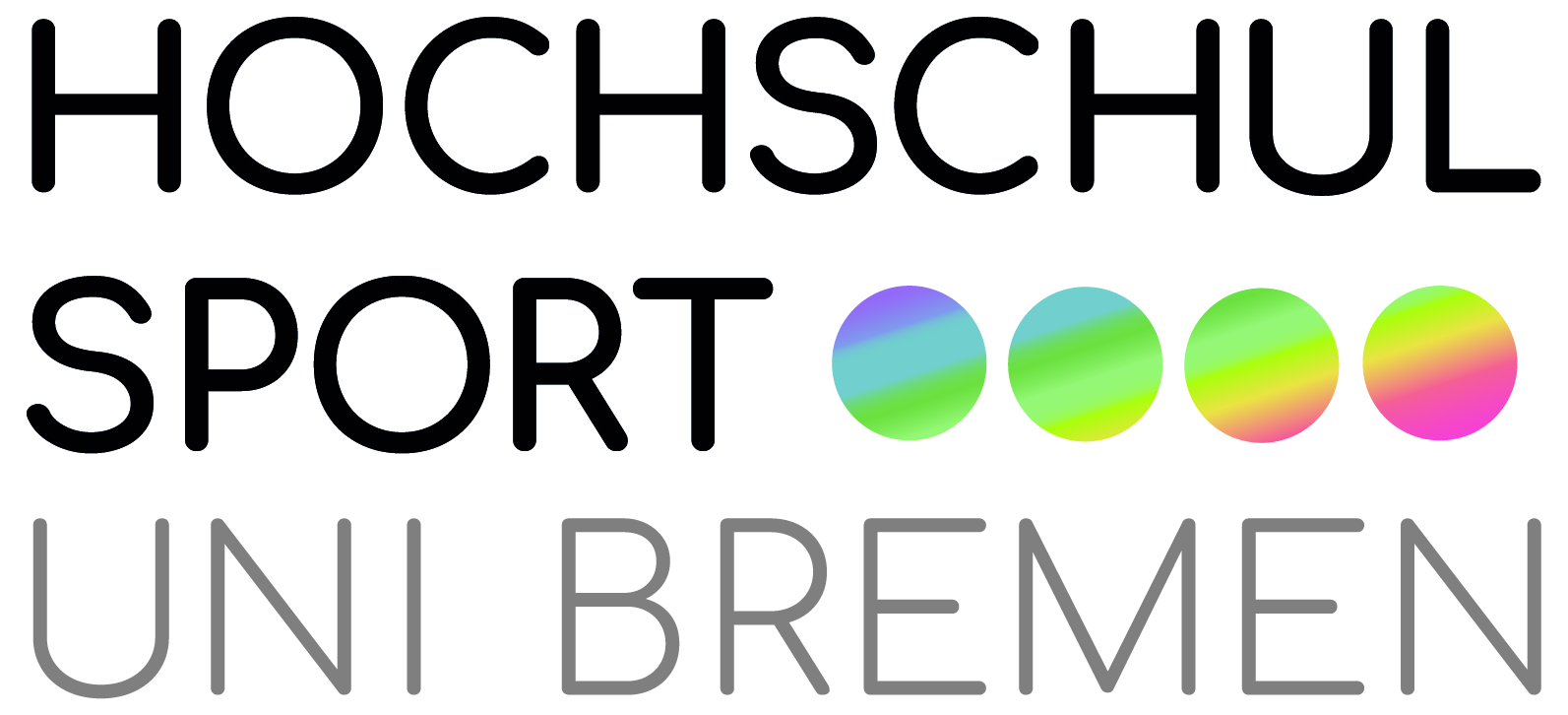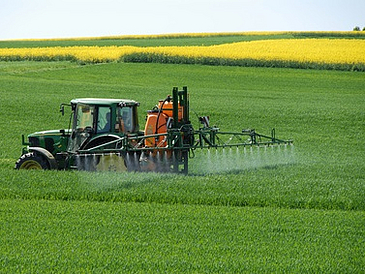The excessive use of nitrogenous fertilizers in agriculture contaminates our groundwater, rivers, and coastal waters with nitrates. The fields are over-fertilized because farmers have no way of knowing precisely how much fertilizer is needed in the soil. Scientists have now come up with an answer: With the help of microchips they can analyze the nutrient content of the soil in a matter of minutes. This helps them to determine just how much fertilizer is needed. The microchip has been developed by researchers from the University of Bremen and TU Vienna in cooperation with other universities and partners in industry.
Nitrate is the most-used fertilizer in agriculture. It is highly mobile, seeping into deep-lying layers of soil, and is easily washed out by rainfall. It is therefore extremely difficult to assess how much fertilizer remains available to crops in the soil. Until now, it was necessary to carry out laboratory examinations to determine how much fertilizer is needed. The job is now done by a special tiny chip. The chemistry lab has moved onto the farm.
How does this “Lab on a Chip” work?
Half a teaspoonful of the soil to be analyzed is put into water, which is then filtered. The filtered fluid comes into a capillary, which is then subjected to electrical current. Exposed to the electric field, the various chemical substances contained in the solution are subsequently activated at different speeds. The chip registers the varying mobility of the molecules and from this is able to derive the chemical composition of the nutrient content that was contained in the soil. “The sensor chip is also linked up to GPS. This makes it possible to pinpoint the location where the sample was taken and record this together with the analysis results”, explains project leader, Prof. Michael Vellekoop from the Institute of Microsensors, -Actuators and –System in the Faculty of Physics / Electrical Engineering at the University of Bremen. “This enables the farmer to exactly target the amount of fertilizer to be used, what we call ‘Precision Farming’”. The amount of fertilizer calculated by the chip is then spread over the soil by a combined fertilizing/watering machine developed by ttz Bremerhaven and the Brandenburg company, Hydro-Air.
The method has already undergone successful pilot tests. Now the task is to make it suitable for everyday use. Kai Burdorf, coordinator at the Microsystems Center Bremen (MCB), goes on to explain: “The microsystem technology keeps the chip’s production costs low, so the cost of soil analysis is correspondingly reasonable, too.” His job is to convince manufacturers of the advantages and possible applications of new microsystems technology. Once the chip can be produced commercially in a few years from now, over-fertilization of agricultural land could be a thing of the past. Good for the environment – and the farmer’s pocket!
You can obtain further information by contacting:
Universität Bremen
Fachbereich Physik / Elektrotechnik
Institut für Mikrosensoren, -aktuatoren und -systeme
Prof.Dr. Michael Vellekoop
Phone: +49 421 218-62604
email: mvellekoopprotect me ?!imsas.uni-bremenprotect me ?!.de
Microsystems Center Bremen (MCB)
Kai Burdorf
Phone: +49 421 218-62640
email: kburdorfprotect me ?!mcb.uni-bremenprotect me ?!.de


